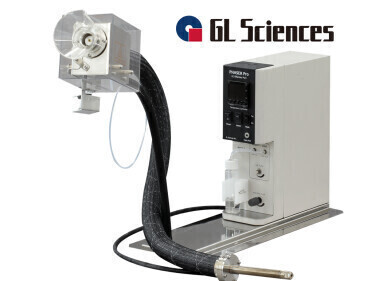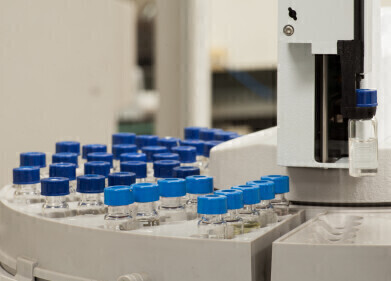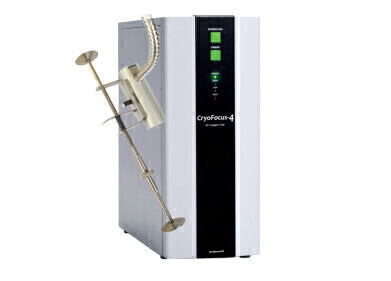GC, MDGC
5 Gas Management Tips for GC
Jul 30 2014
Gas management is important for gas chromatography systems (GC) for both analytical and practical considerations. Looking after the gas supply helps to ensure accurate results, and to reduce costs and downtime.
Gas Cylinders
Never allow gas cylinders to run dry. As the gas pressure in the cylinder drops, the chance that contaminants (like water or hydrocarbons) can desorb from the cylinder increases. These contaminants can then enter the gas supply. The contaminants can have a negative effect on the system, leading to increased costs and downtime as cleaning and flushing takes place.
It is recommended that gas cylinders be fitted with a low level alarm. This will allow an operator to switch over gas cylinders before contamination can occur. Values used for setting the alarm include:
- a fixed value of 150 psi is sometimes used, or
- a value of 10% of the initial cylinder pressure can be used. Sometimes suppliers only guarantee the cleanliness of the supply down to this value.
Purifiers
Installing gas purifiers in the system reduces the risk of contaminants entering the column and the detector, especially if high purity gases are not used. Purifiers can increase column life and sensitivity. Various types of purifiers are available, including combination or single function. It is important to place single function filters in the correct order; from the gas supply this is:
- moisture filter
- hydrocarbon filter, then
- oxygen filter.
Stainless steel and glass are considered the best materials to use for the bodies of purifiers. It is important that purifiers are installed correctly. If the filter should be vertical, it must be installed vertically, otherwise gas can bypass the filter material. Ensure all the equipment is of chromatography standard, and has been cleaned before use.
Tubing and Lines
For a high purity gas supply, it recommended that only stainless steel or copper tubing is used. Teflon, nylon and other types of plastic tubing can contain contaminants that reduce gas purity. Also some plastics are permeable to oxygen and moisture, and these can contaminate the gas supply.
Location
Keep the tubing length between the gas cylinders and the GC as short as possible. Also reduce the number of connections to a minimum. The possibility of a gas leak increases with the number of connections in the gas supply line. Leaks cost money and can be a safety issue as some GC gases are flammable. It is important to check for gas leaks regularly, and after changing purifiers or tubing sections. A leak detector can be fitted to the system to automatically check for leaks.
Regulators
Make sure that the correct regulator is chosen for each cylinder: different gases require different regulators. It is important to purge the air from new regulators before use, as the air can damage the GC system.
Regulators should be set at a pressure 20 psi higher than the pressure required in the GC method, especially when running methods with high pressures between 100-150 psi.
Hydrogen
Due to the decreasing levels of helium, numerous laboratories are looking for alternative carrier gases. For many GC applications, hydrogen provides a suitable, if not better, substitute. This article, How Using Hydrogen Carrier Gas Can Alleviate Your Helium Supply Woes, explains this in more detail.
Stock Image
Events
May 11 2025 Vienna, Austria
May 18 2025 Tempe. AZ, USA
May 21 2025 Birmingham, UK
Jun 01 2025 Baltimore, MD, USA
Jun 15 2025 Bruges, Belgium














